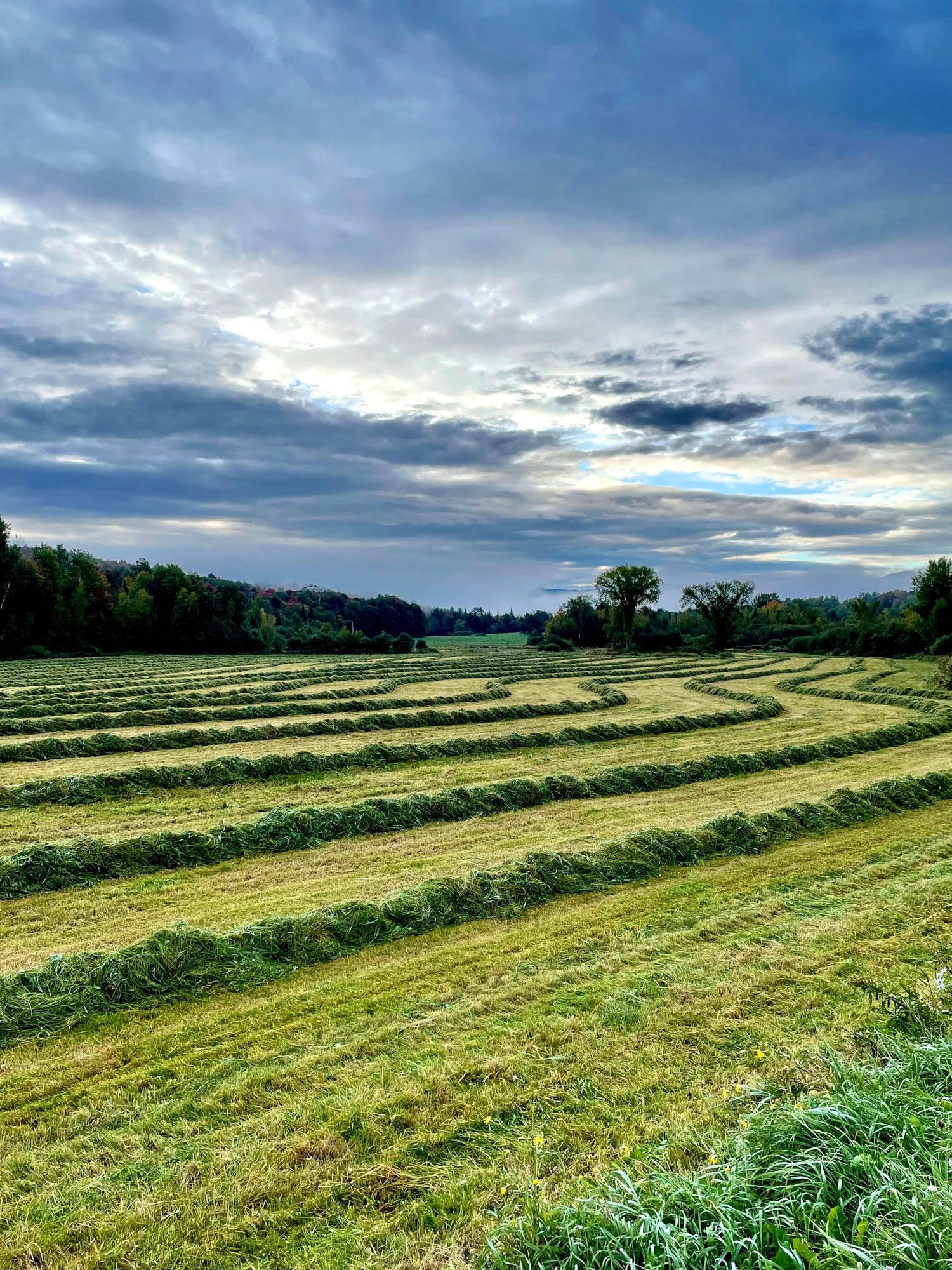Rolling Pin Techniques & Care
The following are a few tips for getting the best results in clay:
As you probably already know, using a slab roller, if you have one, will insure the most level surface outcome. If not, when rolling out the slab make sure to have equal height guides on either side of the clay.
In the next step, compressing the clay be careful to maintain the level surface when applying pressure during compression.
This is the most important step: When you finish compressing the clay, this is when the textured roller should be rolled in to the SOFT clay. DO NOT let the clay set up first. Using a light sprinkle of corn start will help to release the pin from the clay and avoid sticking. My designs are intricate as well as delicate and soft clay gets the best results.
This barrel is long, which requires a bit more pressure. The best way to use the roller is to use the palms of your hands to apply pressure to the top of the barrel when rolling (about 1/3 of the way in from each side), instead of using the handles. If you are on the short side, standing on a box or something to give you more height will help with leverage over the pin. Your arms should be perpendicular to the barrel when rolling. Because of the length of the barrel, the handles don't provide the torque needed.
Once the texture is rolled into the clay, this is when to let the clay set up to the desired consistency before cutting it into the shapes and sizes needed.
I personally test each design and use them in my work on a regular basis. The clay I use is Laguna white stoneware (minimal grog) & Laguna & Standard porcelains. If the clay is too stiff, wet it and let it sit for a while to soften up before using with the roller.
Care for the wood products (rollers, stamps etc.):
When needed wash with a very soft toothbrush under running water, scrubbing lightly, immediately dry with a dry towel and let air dry. Once the pin is dry you can rub some mineral oil into them every 3 to 6 months. Linseed oil is not recommended as it hardens and can clog the delicate intricate carved areas.
Do not store in an area without air circulation, like a plastic bag or covered plastic bin
********If using this roller in clay- do not use on food products, contaminants are present that won’t wash out if used in clay and is not considered food safe after use on clay*******
Happy Potting,Elaine
Elaine Diamond
Vermont Pottery Works
P.O. Box 700 Morrisville, VT 05661

